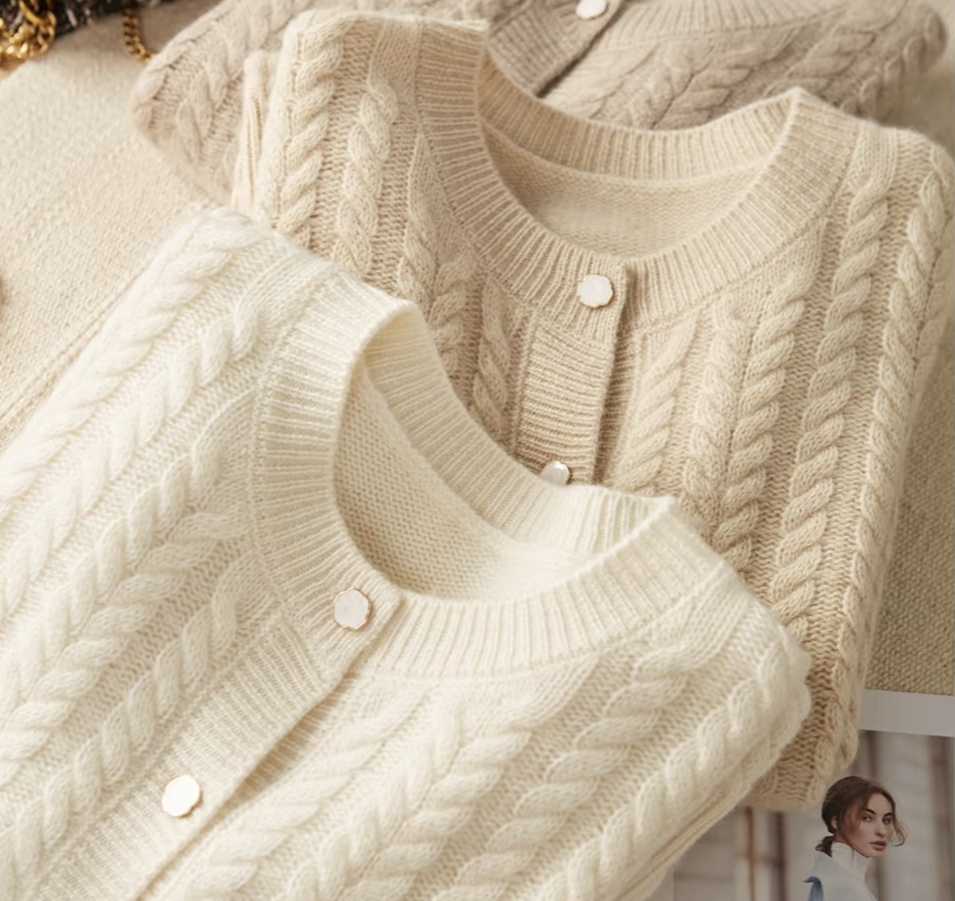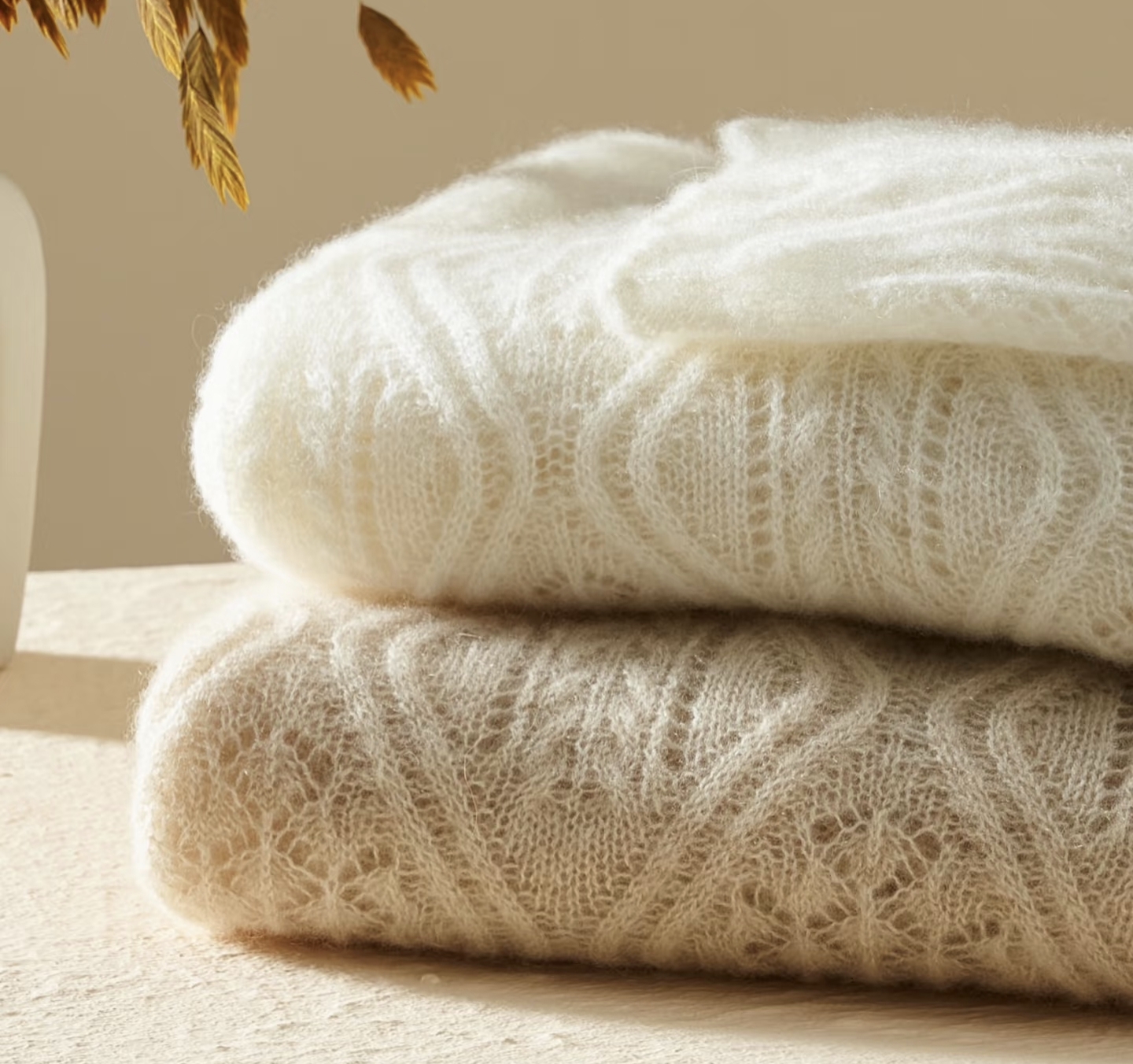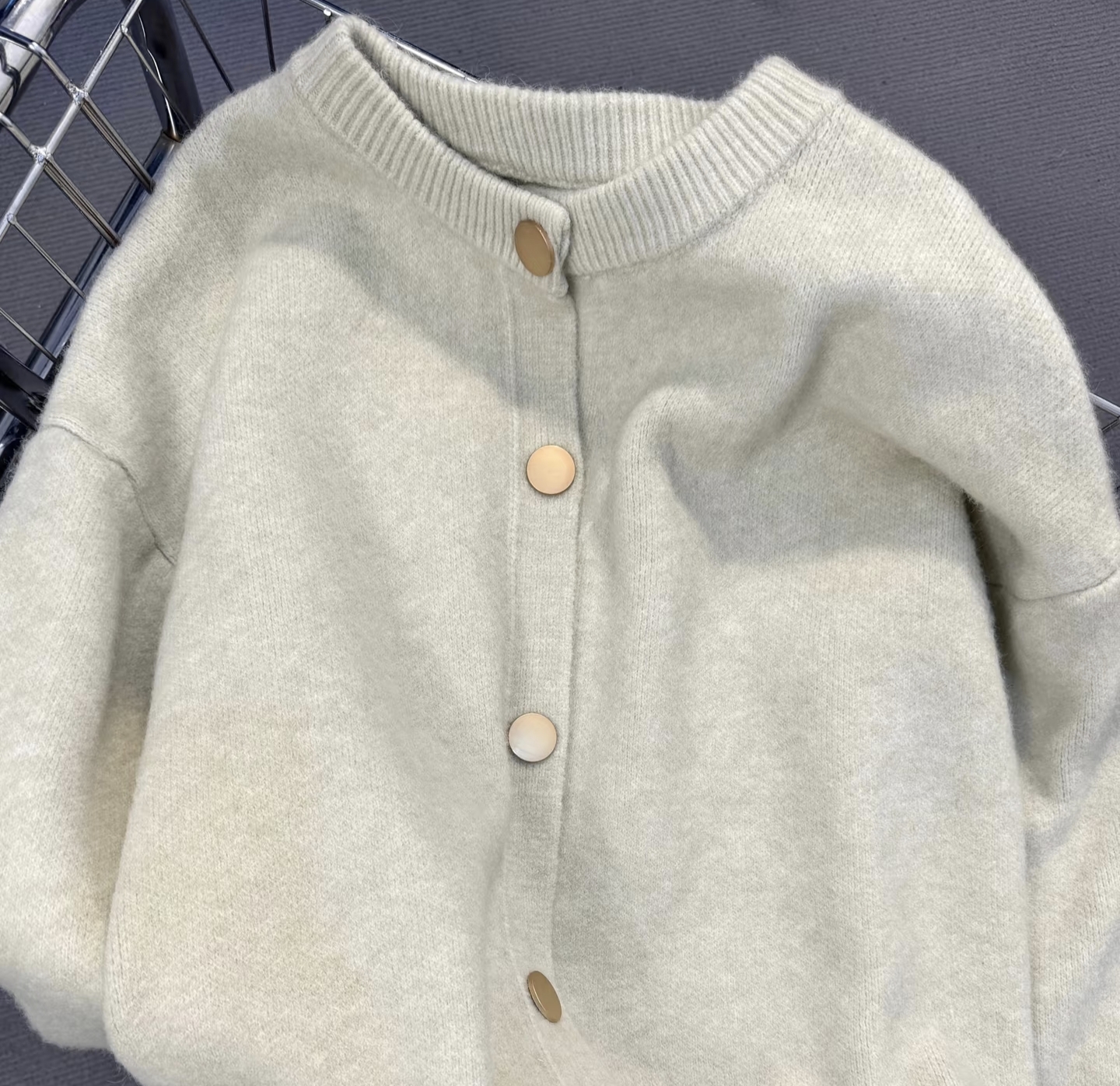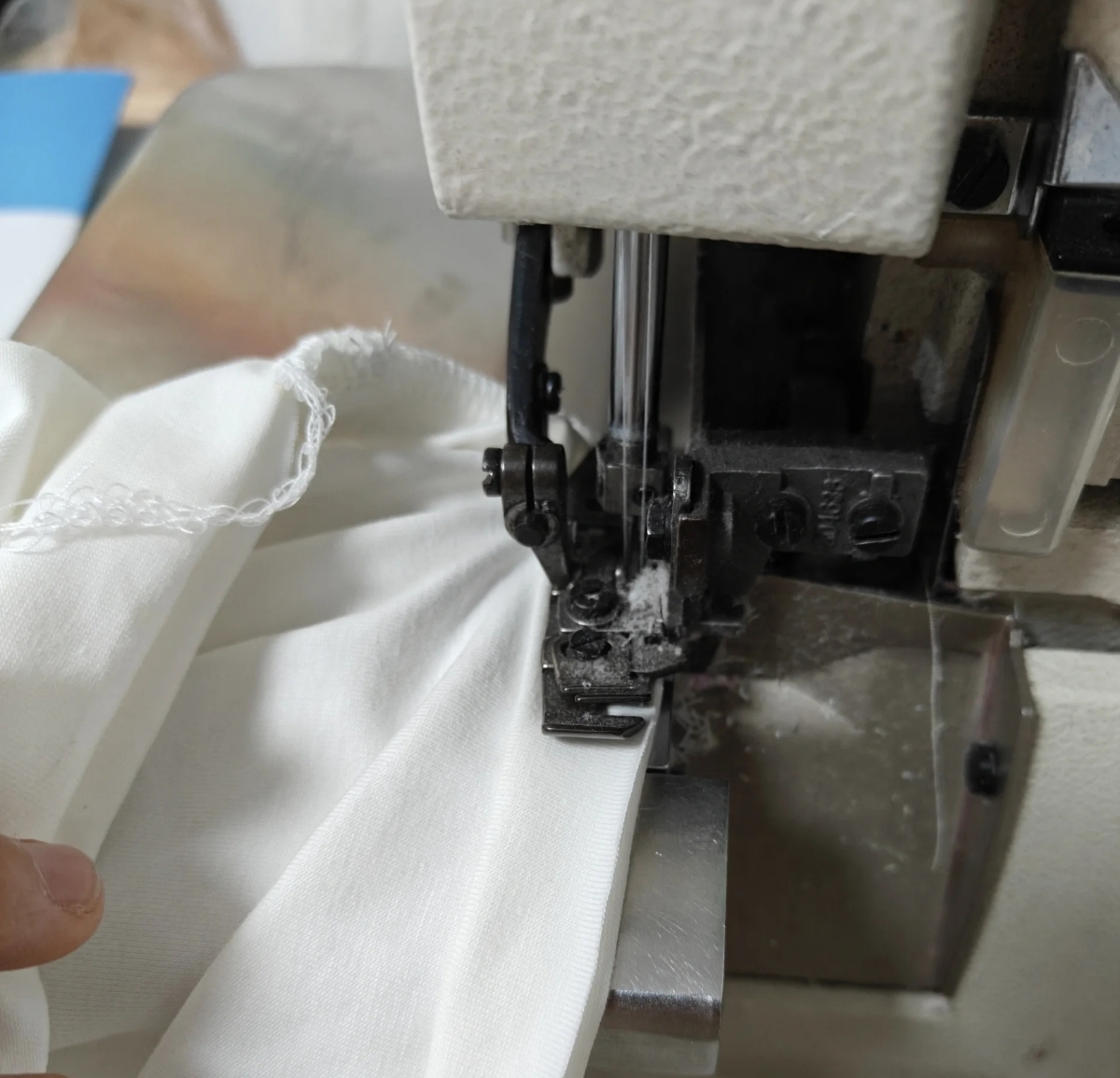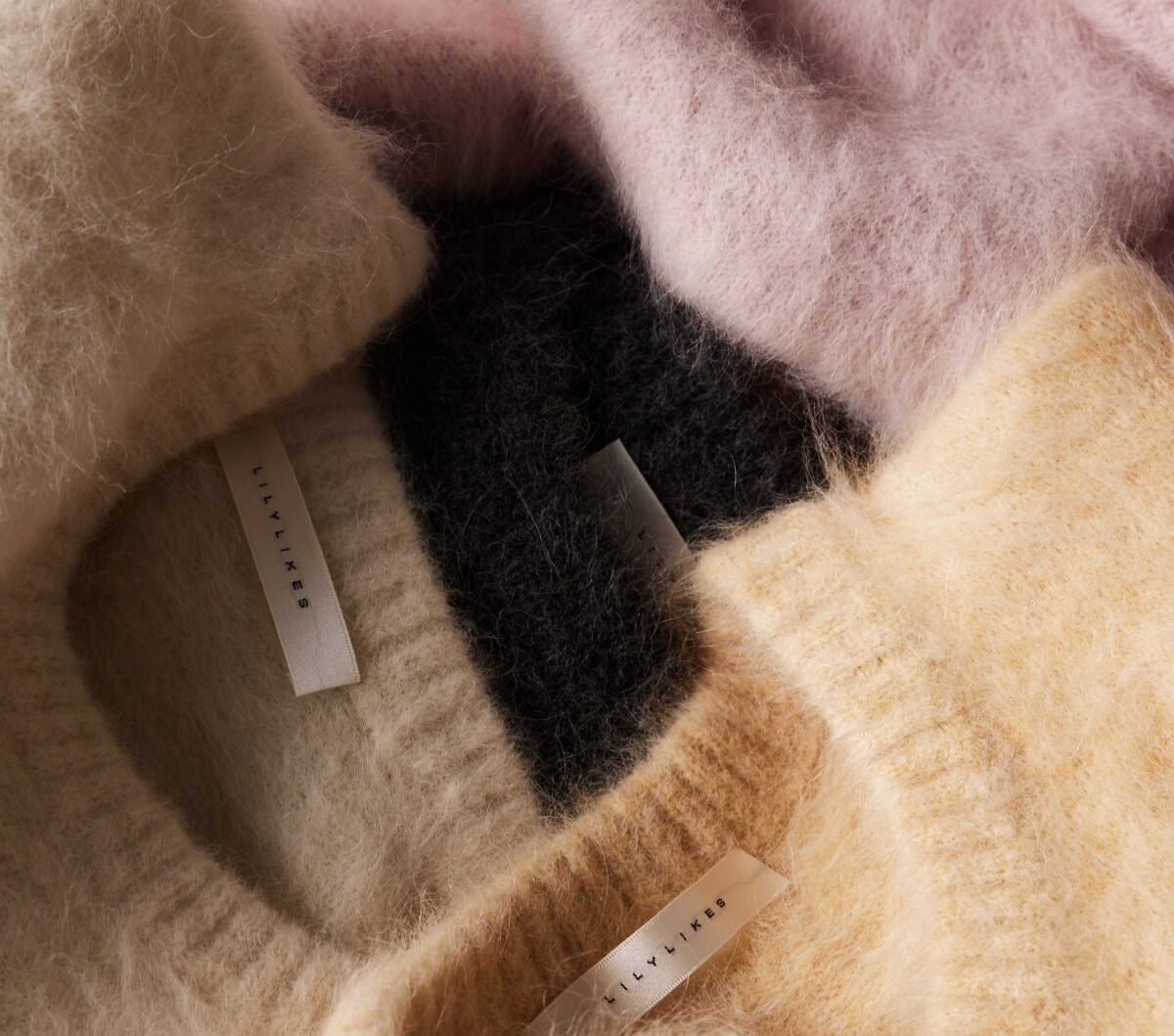Why Knitwear Customization Time Matters More Than You Think?
- Customized knitwear blends personal expression with artisanal craftsmanship—but this uniqueness comes with a unique timeline.
- Fast fashion enables the production of sweaters at an extremely rapid pace, within just a few hours. Custom-made knitwear exhibits a distinct difference. It involves detailed steps that take a long time.
- The production of it typically requires weeks or months. For designers, shops, and thoughtful shoppers, knowing this timeline is important. It helps them truly value good quality, ethical making, and the skill involved.
Handmade Luxury: Why Does Artisanal Knitwear Take 3–4 Weeks?
Fully hand-knitted garments demand significant human skill. For example, Taiwanese brand MétaFormose requires 25–30 days to craft a single custom sweater using Mongolian wool yarn. Each piece follows a meticulous workflow:
-
Measurement precision: Customers submit chest, waist, hip, and height dimensions.
-
Stitch-by-stitch creation: The creation of the “moss stitch” pattern is entirely hand-knitted by knitters.
-
Quality control: Final inspection ensures zero defects before dry-cleaning and shipping.
Key insight: Handmade timelines reflect anti-fast-fashion values—prioritizing durability and craftsmanship over speed.

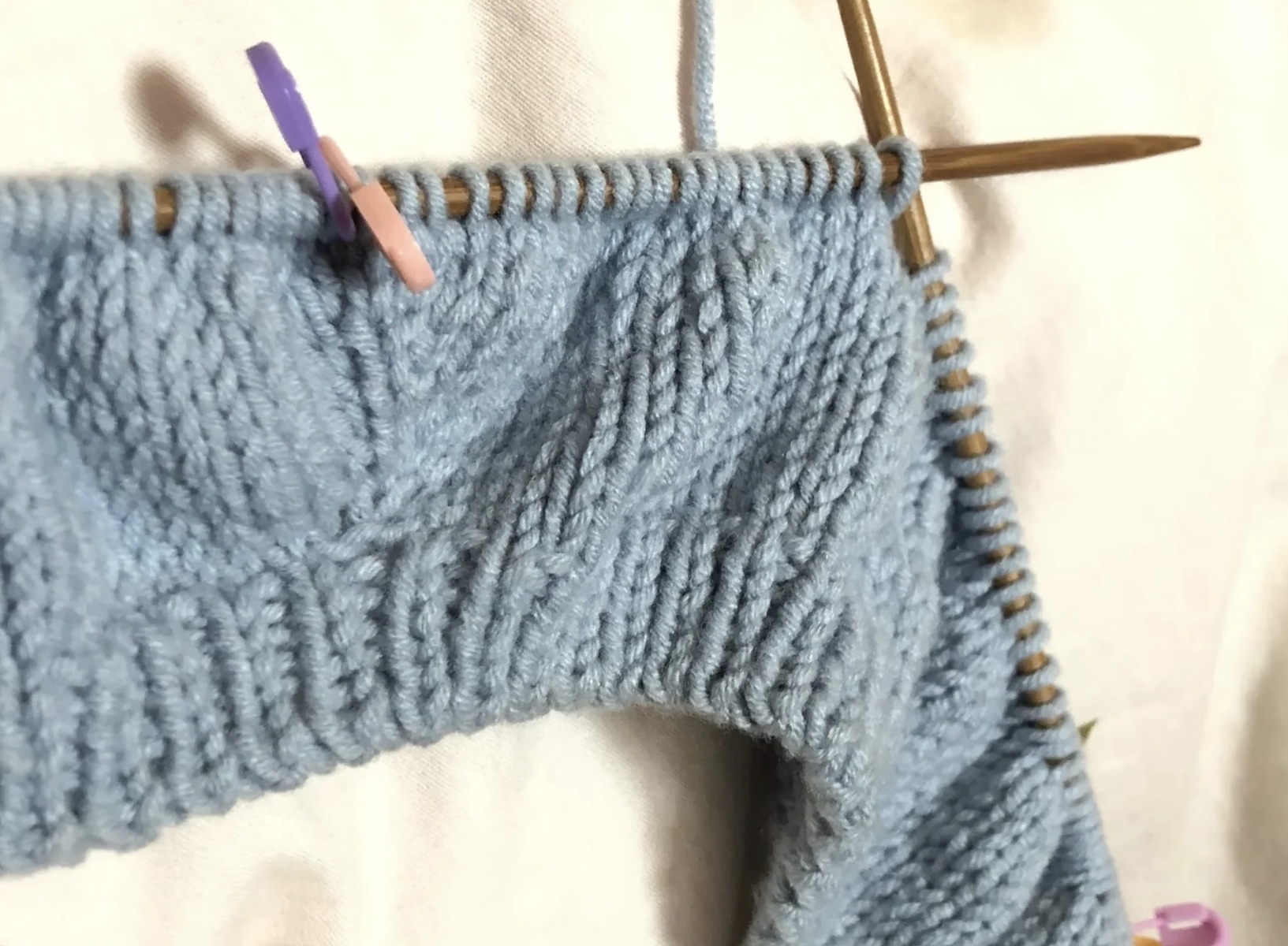
- Reasons for delays: Craftspeople often work on multiple projects at once. Complicated designs (like cable knits or color jacquards) may need parts redone because the tension isn’t even.
- Brands like Barrie, a Scottish cashmere expert, show how one row that’s out of place in a pattern with 200 stitches per round can ruin 8 hours of work. They note that even a small mistake in complex knitting can set back the process significantly. Weather also plays a role: high humidity slows hand-knitting by 15–20%, as wool absorbs moisture and expands.
4 Key Factors Shaping Your Custom Knitwear Timeline
1. Material Sourcing & Complexity
High-grade wool (e.g., Mongolian or alpaca blends) may require specialized ordering, adding days to production. Meanwhile, intricate techniques like Kiton’s 22-step process—where yarn rests for 48 hours before knitting—extend lead times further.
Yarn Dyeing Realities: Custom color-matching adds 10–14 days. For small batch orders, factories like Italy’s Lanificio Colombo dye yarn in tiny lots (less than 5kg). The process includes color tests in the lab, checking if the dye stays bright in light, and getting sample approvals before final production. Rushed dye jobs risk color bleed—a leading cause of returns.
2. Customization Depth
-
Basic color/size changes: Add 7–10 days (e.g., MétaFormose’s alternate color options).
-
Full bespoke tailoring: 4+ weeks for measurements, sampling, and adjustments.
-
Logo/design additions: Screen printing or embroidery tacks on 3–10 days.
3. Order Volume & MOQs
Because of optimized workflows, small-batch orders (e.g., 100 units) often ship faster than one-off pieces. Factories like those on Alibaba quote 25–35 days for 500+ units but may delay sub-100 orders.
4. Regional Logistics
Local production cuts time significantly. Evolution St. Louis’s small U.S.-based factory uses AI knitting machines to reduce traditional 90-day supply chains to less than two weeks.
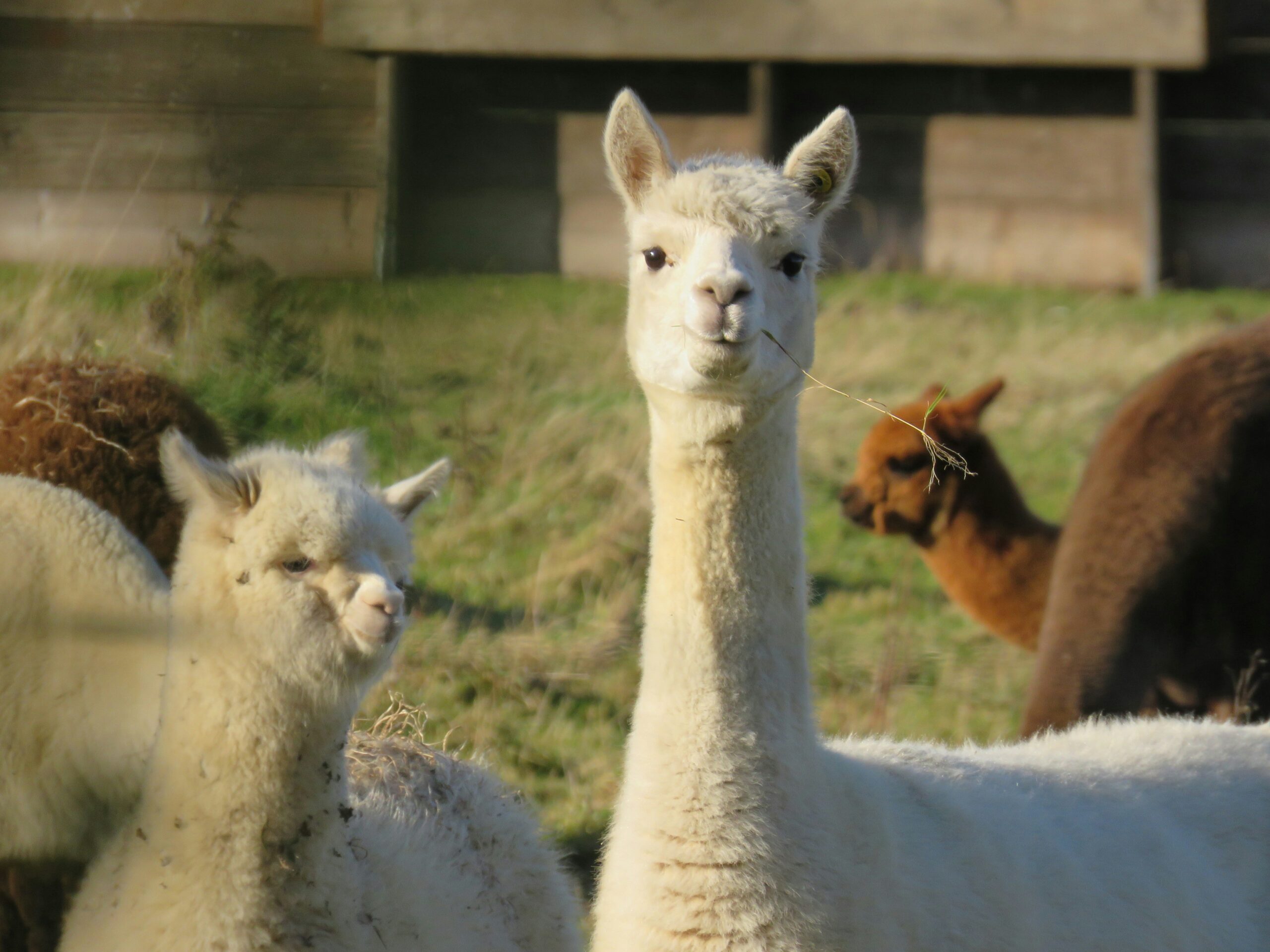
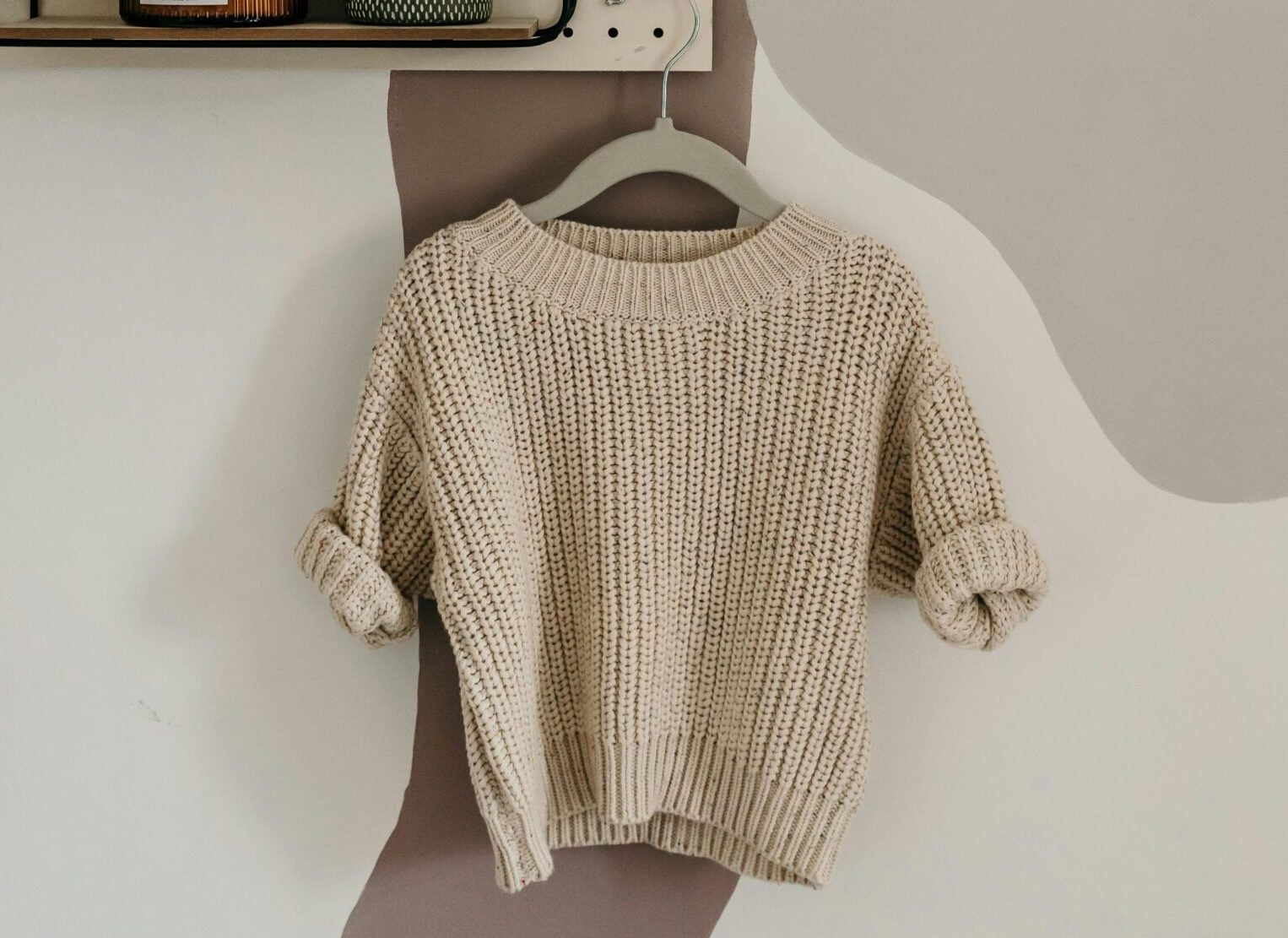
Small-Batch vs. Bulk Production: Time vs. Cost Trade-Offs
| Production Type | Timeline | Minimum Order | Ideal For |
|---|---|---|---|
| Artisan Handmade | 25–30 days | 1 piece | Luxury brands, heirloom pieces |
| Small-Batch OEM | 25–35 days | 100–500 units | Boutique retailers |
| Bulk Manufacturing | 15 days | 10,000+ meters | Fast fashion, wholesale |
Note: Bulk fabric orders (e.g., cotton-spandex blends) ship faster but lack sizing/personalization flexibility.
Hybrid Model Emergence: Brands like Ministry of Supply combine hand finishing with machine speed. Their “Bolt” knitting system can make a custom merino wool blazer in 90 minutes. But adding hand-stitched buttonholes and shaping the collar adds 48 hours. This reduces the total production time to four days—contrasted with over 25 days for a fully handcrafted blazer.
How Tech Is Reshaping Timelines: From AI to 3D Knitting
Innovations are compressing custom knitwear cycles without sacrificing quality:
- Digital small factories: Brands like Gerber use 3D design software called AccuMark and automatic cutting machines. This lets them produce items as needed in days, not weeks.
- Knit and wear® machines: Evolution St. Louis uses these machines to reduce waste and cut down production steps. This helps them meet sustainable and fast production goals.
-
Virtual sampling: 3D simulations reduce physical sampling from 10 days to hours.
Planning Your Custom Order: A Realistic Timeline Checklist
To avoid delays, work backward from your deadline:
-
Design completion: 3–10 days for tech packs & sample approva.
-
Production: 15–30 days (handmade) or 7–15 days (machine-knit).
-
Quality control: 2–3 days for light-testing, stitch checks, and fit validation.
-
International shipping typically takes 5 to 14 days.
Pro tip: Always request a pre-production sample—even if it costs $80–1002—to avoid redesign delays.
The Future: Balancing Speed and Soul in Knitwear
Custom knitwear’s timeline isn’t a drawback—it shows human skill, quality materials, and careful design. As local automation and AI improve these processes, a new era will arrive. It blends “slow fashion” principles with quick, smart efficiency. For now, respecting the craft means planning ahead—and valuing every stitch’s story.

